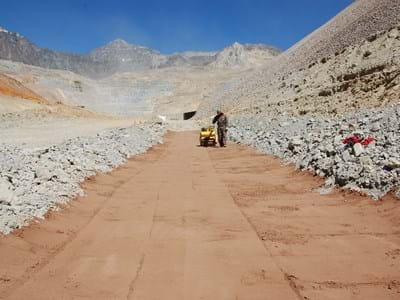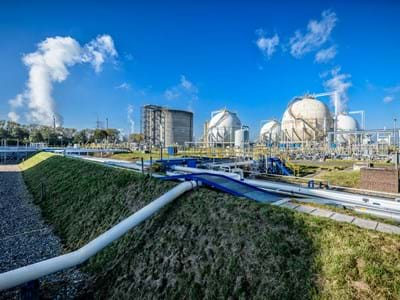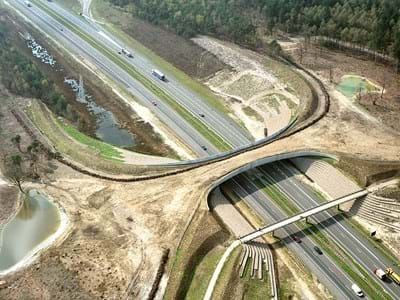
More and more Trisoplast is used in landscape architecture. The reason for this is simple. This solution consists of natural building materials and, unlike many other lining materials, it is easy and quick to apply in all shapes and against all types of structures. This gives the project a natural look and provides landscape architects with complete creative freedom.
Creative desire
Landscape architects design landscapes – such as golf courses or parks – with a certain vision in mind. They go through a creative process, and the last thing they want is to be limited in their creativity. When constructing ponds, water features, and lagoons, the use of different lining materials can often be limiting. Many lining materials are preformed and consist entirely or partially of plastics. These solutions usually come in rolls, but when unrolled, unwanted situations often arise. Besides the fact that the architect must conform to the shape, these solutions are often easily damaged due to irregularities in the subsoil or in the cover layer (crushed stone). In addition, these solutions often require regular maintenance, making them unsustainable. The use of Trisoplast eliminates all the above limitations and problems.
The solution for landscape architects
Unlike many other products, Trisoplast is sustainable. The robust mixture consists almost entirely of natural materials, it has a flexibility reminiscent of chewing gum, and it has a very long lifespan. Trisoplast's environmental quality is so good that it can be reused as soil after its use phase.
Its sealing properties are much better than the most commonly used types of clay and loam. The material is highly resistant to climate changes. In wet or dry periods, in cold or heat, Trisoplast continues to work effectively. Moreover, it can be applied in any desired shape against various construction materials, preserving the environment's natural appearance, just as the architect envisions it.




